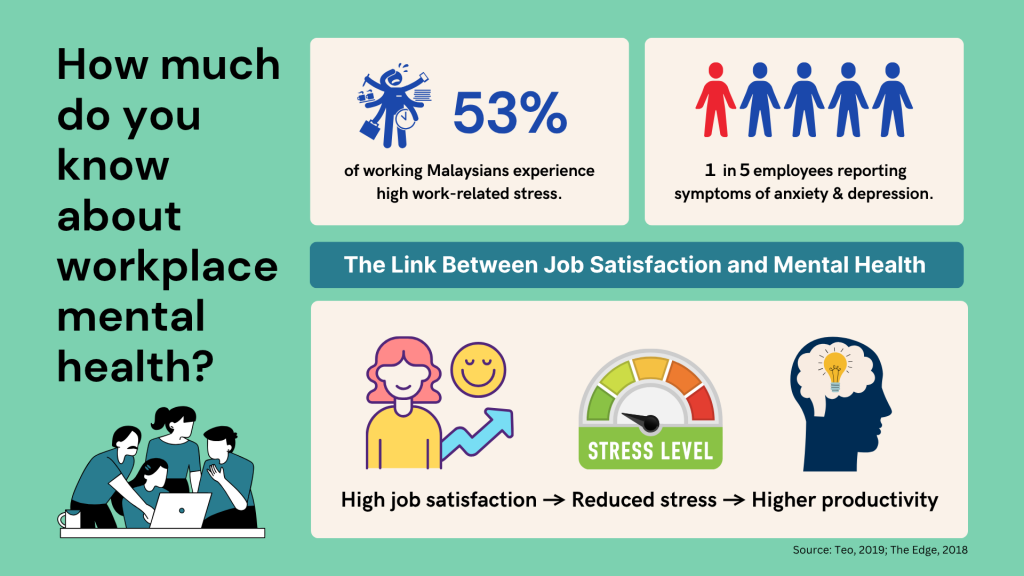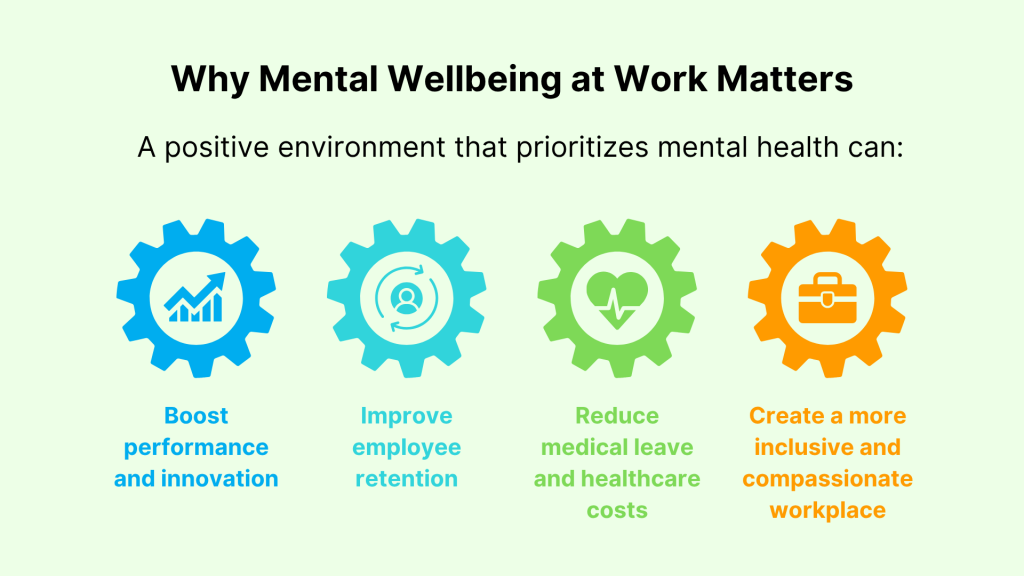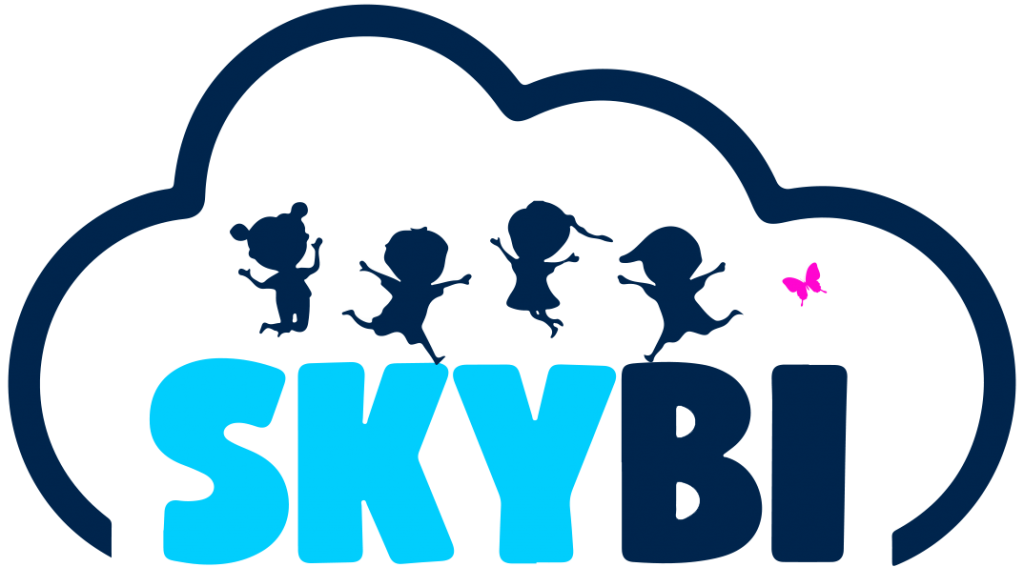13-9, 2 Rio Tower, Persiaran Rio, Bandar Puteri, 47100 Puchong, Selangor, Malaysia.

Creating a Culture of Mental Wellbeing for Employees with Small Changes
- On
- InUncategorized
Transforming Workplace Culture for Employee Mental Health
Nowadays, the boundaries between work and personal life are increasingly blurred. With constant digital connection and rising demands, employees are under more pressure than ever.
Forward-thinking organisations increasingly recognise that caring for employee mental health in the workplace is not just a ‘nice to have’ — it’s a business priority. Understanding the relationship between job satisfaction and employees’ mental health is key to building motivated, resilient, and productive teams.
Organisations that invest in employee assistance programs (EAP) enjoy higher engagement, lower turnover, and better performance. It doesn’t require a huge budget — small, consistent efforts, such as open conversations, flexible policies, and everyday support, can make a lasting difference.
Why Employee Mental Wellbeing Is Crucial
When we discuss the mental well-being of employees, we refer to creating a workplace where everyone feels safe, heard, and equipped to manage stress effectively. It’s about more than preventing mental illness — it’s about ensuring that people have the tools to thrive. Employees who feel supported tend to:
- Manage stress more effectively
- Maintain a better work–life balance
- Show greater commitment and creativity in their work
The impact is evident: companies that prioritise employee mental health in the workplace experience lower absenteeism, higher morale, and more sustainable performance.
Studies continue to show a strong relationship between job satisfaction and employees’ mental health (de Oliveira et al., 2023; Teng et al., 2021). When people feel emotionally supported and valued, they are more engaged, less likely to burn out, and more productive. In other words, investing in the mental well-being of employees is an innovative, long-term strategy that boosts morale and improves retention.

How Small, Consistent Actions Drive Big Change
Improving employee mental wellbeing isn’t about one-off wellness campaigns — it’s about building a culture of care through daily habits. Here are simple, low-cost strategies organisations can start with:
- Peer Support Groups: Create informal sharing spaces where employees can discuss stress and burnout openly.
- Mental Health Check-ins: Encourage managers to regularly ask, “How are you really doing?” to build trust and psychological safety.
- Flexible Work Options: Offer hybrid models, flexible hours, or remote days to ease pressure and support different needs.
- Mental Health Days: Treat mental health like physical health — allow staff to take leave when feeling mentally drained, without guilt.
- Rest and Recharge Spaces: Designate quiet zones or breakout areas where staff can take short mental breaks.
Together, these simple actions nurture a culture where mental wellbeing employees feel seen and supported.

Leadership’s Role in Fostering a Healthy Culture
Leaders play a crucial role in ensuring these changes are sustained. Supportive leadership doesn’t mean micromanaging — it means:
- Being transparent about mental health and sharing personal experiences when appropriate can reduce stigma.
- Training managers to recognise early signs of stress and burnout and respond with empathy.
- Celebrating healthy habits at work, rewarding teams that promote balance and resilience.
When leaders put mental wellbeing at the heart of their decisions, they inspire a ripple effect across the entire company.
Strengthen Support with Professional Resources like EAP
A strong mental health culture is most effective when supported by professional resources. Employee Assistance Programs (EAPs) give employees access to:
- Confidential counselling
- Crisis intervention support
- Legal and financial advice
- Practical strategies for work-life balance
Skybi’s Employee Assistance Program is tailored for Malaysian workplaces. Our EAP integrates seamlessly with your company culture — providing the support your team needs to navigate personal or work-related challenges.
✅ Want to create a healthier, happier workplace? Start by making support visible and accessible.👉 Explore Skybi’s Employee Assistance Programme now.
Measuring Success and Keeping Momentum
The most successful employee mental health in the workplace strategies are continuously reviewed and refined. Track progress with:
- 📝 Anonymous Surveys
- Regular check-ins help you understand what’s working, where support is lacking, and how employees are truly feeling.
- 📉 Absenteeism & Turnover Rates
- Lower rates may signal that employees are feeling more supported, engaged, and less burned out.
- 📈 Engagement Scores
- Teams that feel mentally well are more likely to be productive, creative, and collaborative.
A well-crafted mental wellbeing program is not a one-off initiative — it’s an ongoing commitment that grows with your company and its people.
We Care About the Person Behind the Role
Creating a workplace that truly supports mental wellbeing employees requires everyone’s participation — leaders, teams, and HR alike. By cultivating an environment built on care, communication, and proactive support, you lay the foundation for lasting resilience and success.
👉 Ready to make a meaningful difference in your workplace culture?
Discover Skybi’s EAP and see how we can help you support your people every step of the way.
📱 Not sure where to begin? Reach out to Skybi on WhatsApp — we’re ready to listen.
written by Wei Xin on 18 June 2025; edited by Kai Lin on 23 Jun 2025
References
de Oliveira, C., Saka, M., Bone, L., & Jacobs, R. (2023). The Role of Mental Health on Workplace Productivity: A Critical Review of the Literature. Applied health economics and health policy, 21(2), 167–193. https://doi.org/10.1007/s40258-022-00761-w
Teng, Y. M., Wu, K. S., & Xu, D. (2021). The Association Between Fear of Coronavirus Disease 2019, Mental Health, and Turnover Intention Among Quarantine Hotel Employees in China. Frontiers in public health, 9, 668774. https://doi.org/10.3389/fpubh.2021.668774







